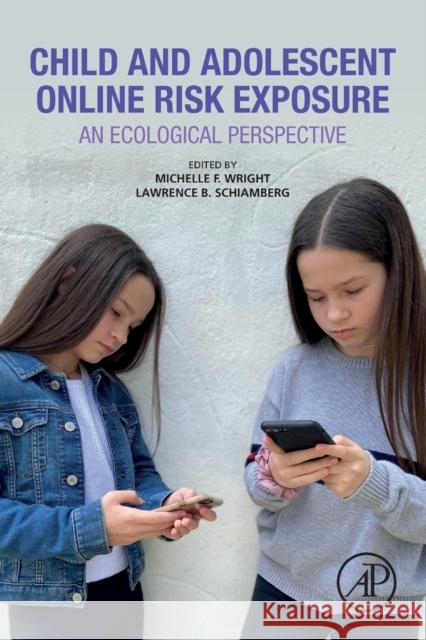Child and Adolescent Online Risk Exposure: An Ecological Perspective » książka
topmenu
Child and Adolescent Online Risk Exposure: An Ecological Perspective
ISBN-13: 9780128174999 / Angielski / Miękka / 2020 / 472 str.
Child and Adolescent Online Risk Exposure: An Ecological Perspective
ISBN-13: 9780128174999 / Angielski / Miękka / 2020 / 472 str.
cena 476,99
(netto: 454,28 VAT: 5%)
Najniższa cena z 30 dni: 473,09
(netto: 454,28 VAT: 5%)
Najniższa cena z 30 dni: 473,09
Termin realizacji zamówienia:
ok. 30 dni roboczych
Bez gwarancji dostawy przed świętami
ok. 30 dni roboczych
Bez gwarancji dostawy przed świętami
Darmowa dostawa!
Kategorie:
Kategorie BISAC:
Wydawca:
Academic Press
Język:
Angielski
ISBN-13:
9780128174999
Rok wydania:
2020
Ilość stron:
472
Waga:
4.46 kg
Wymiary:
22.86 x 15.24 x 2.41
Oprawa:
Miękka
Wolumenów:
01
Dodatkowe informacje:
Bibliografia











